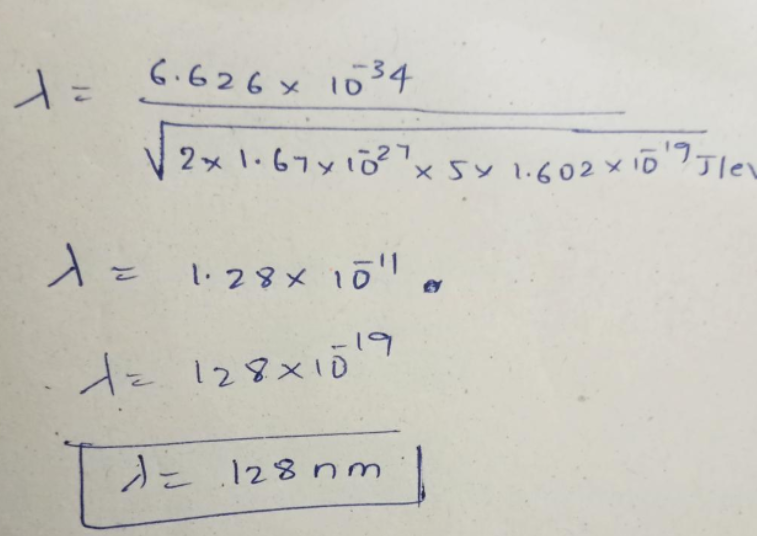
AllQuestion and Answers: Page 183
Question Number 204270 Answers: 2 Comments: 0

Question Number 204218 Answers: 2 Comments: 0

Question Number 204211 Answers: 2 Comments: 0

Question Number 204205 Answers: 4 Comments: 0

Question Number 204227 Answers: 3 Comments: 0

Question Number 204197 Answers: 2 Comments: 0

Question Number 204187 Answers: 2 Comments: 0
Question Number 204180 Answers: 1 Comments: 0
Question Number 204179 Answers: 2 Comments: 0

Question Number 204171 Answers: 1 Comments: 1

Question Number 204168 Answers: 1 Comments: 1

Question Number 204158 Answers: 2 Comments: 2

Question Number 204157 Answers: 0 Comments: 2
Question Number 204152 Answers: 2 Comments: 0
Question Number 204145 Answers: 1 Comments: 0

Question Number 204142 Answers: 1 Comments: 0
Question Number 204141 Answers: 1 Comments: 0

Question Number 204129 Answers: 2 Comments: 0
Question Number 204123 Answers: 2 Comments: 1

Question Number 204117 Answers: 0 Comments: 4
Question Number 204174 Answers: 1 Comments: 0

Question Number 204105 Answers: 3 Comments: 0
Question Number 204104 Answers: 0 Comments: 0

Question Number 204102 Answers: 0 Comments: 0

Question Number 204101 Answers: 0 Comments: 0
Question Number 204083 Answers: 2 Comments: 0
Given that tan(A + B) = 1 and tan(A - B) = 1/7 find tan A and tan B
Pg 178 Pg 179 Pg 180 Pg 181 Pg 182 Pg 183 Pg 184 Pg 185 Pg 186 Pg 187
